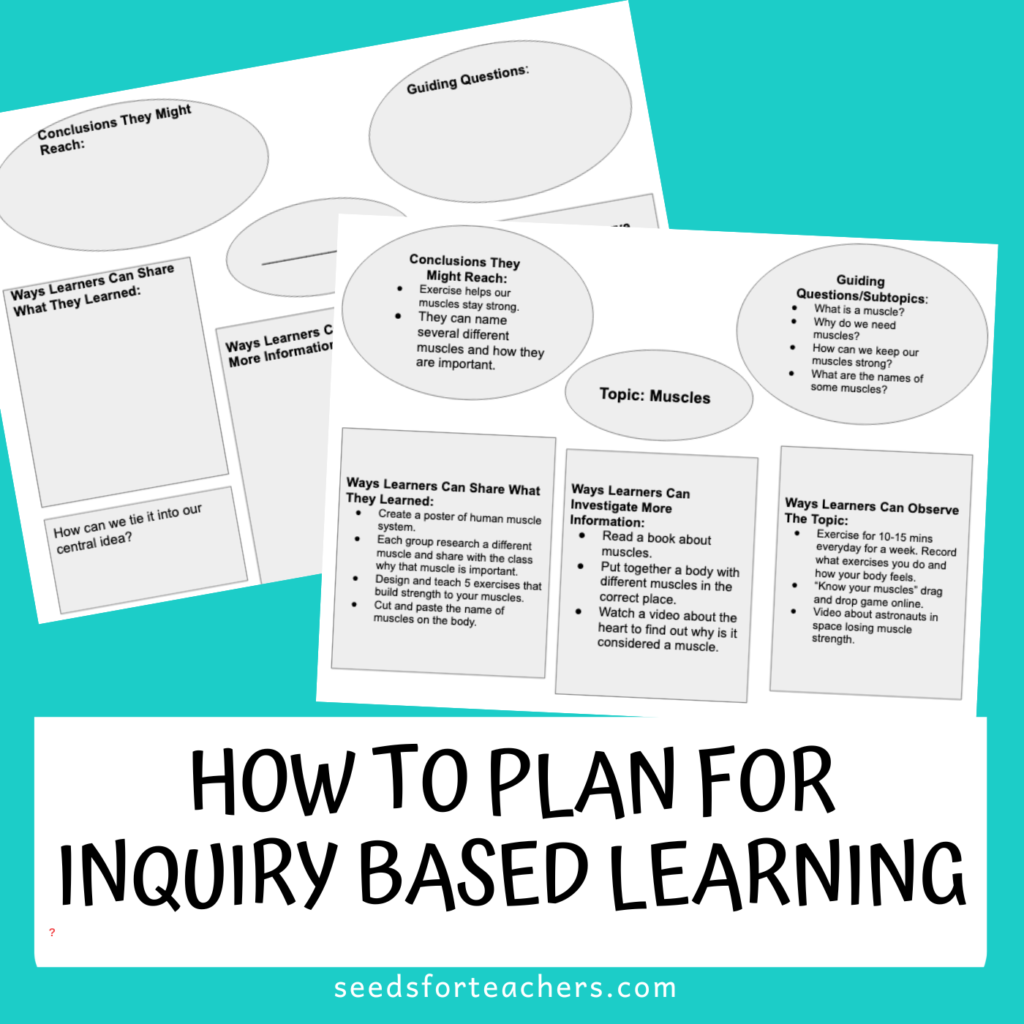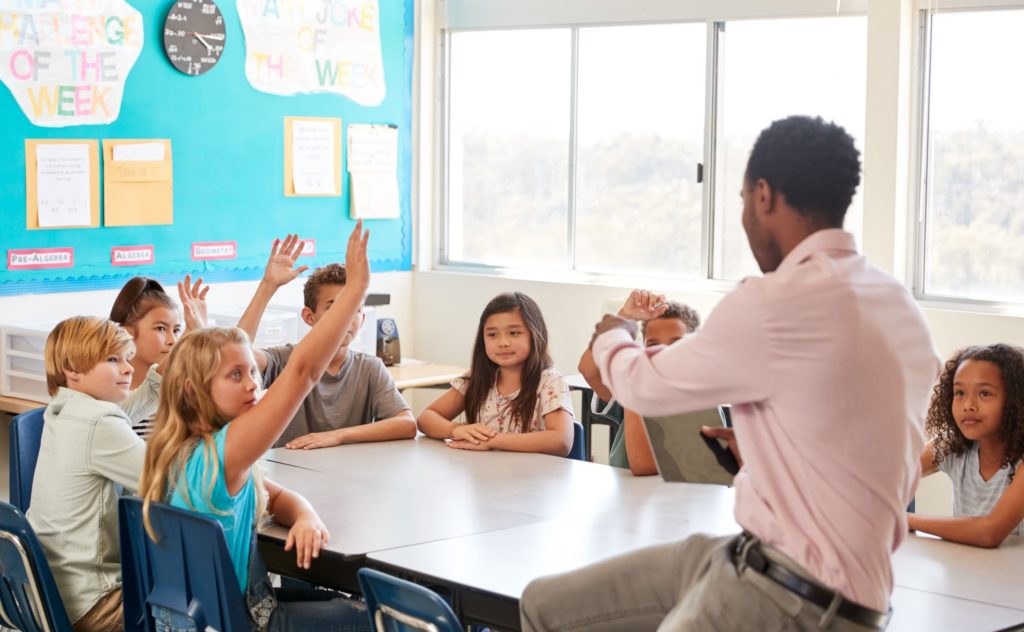Whole-class discussions can encourage students to learn from one another and to articulate content in their own words. Mixing in discussions can help maintain students’ focus. As they discuss their answers, they get different perspectives on the topic. Good questions and answers can get students to think deeply about the topic and make connections. However, not all class discussions are created equal. Let’s look at these five tips for making classroom discussions truly effective.
1. Start With a Problem or Question
Asking a question or presenting a problem tends to bring out much deeper discussion. The best questions are neither too open-ended nor too limiting. “Yes or No” questions halt discussion, while overly broad questions (such as “What did you think about the story?”) also tend to discourage deep discussion. The best questions are balanced; they are open enough that there could be a few good answers, yet closed enough that students know how to approach them, and feel motivated to start talking.
2. Give Students Time to Think
When I first pose a question to the class I like to give them time to write independently about their thoughts or to turn and talk to the person next to them. Sometimes the class is just quiet for a bit. That’s OK. Students will eventually get there, just give them some time to think and process. Another suggestion might be to pose the topic to students the day before and let them go home and research/think about the topic as part of their homework. They will come back to class the next day with so many ideas to talk about and probably a few great questions to keep the discussion moving forward.
3. Give Students A Chance to Observe/Research The Topic
This is perhaps the biggest difference I’ve found between good discussions and GREAT discussions. So often teachers will start a discussion by asking their students a question and then immediately expecting responses to come and the discussion to get started. However, great discussions stem from students having researched/observed something beforehand in order to get more background knowledge and insight.
4. Highlight Great Responses
Don’t be afraid to “pause” the discussion to highlight a particular statement or question a student brought up. This is a way for you to guide the discussion a certain direction without directly asking questions or making statements. You can say things such as “hmmm, that a really interesting point you just brought up, can you tell me more about your thinking behind it. Class, what do you all think about what _____ just said?”
5. Make Sure Different Voices Are Heard
There are always those certain students who love to hog the conversation. As a monitor of the discussion, you need to find ways to make sure everyone in the class has a chance to share their ideas. Here are a few ways you can do that:
Give opportunities for turn and talk in certain points in the larger discussion. Maybe you just highlighted an important question a student asked, give all students a few minutes to talk about that question with the person next to them.
Another option is to draw names from a jar or randomly call on students who haven’t said anything. This can make the discussions a little less authentic though because maybe the student doesn’t have a particularly important thing to say at the time that you call on them.
Voting can sometimes be a helpful strategy mid-discussion. A discussion may be taking on a certain opinion and you can pause the discussion to have all students vote if they agree or disagree with some points that were just brought up. Then choose people to support their opinion.
Other posts you might like:



